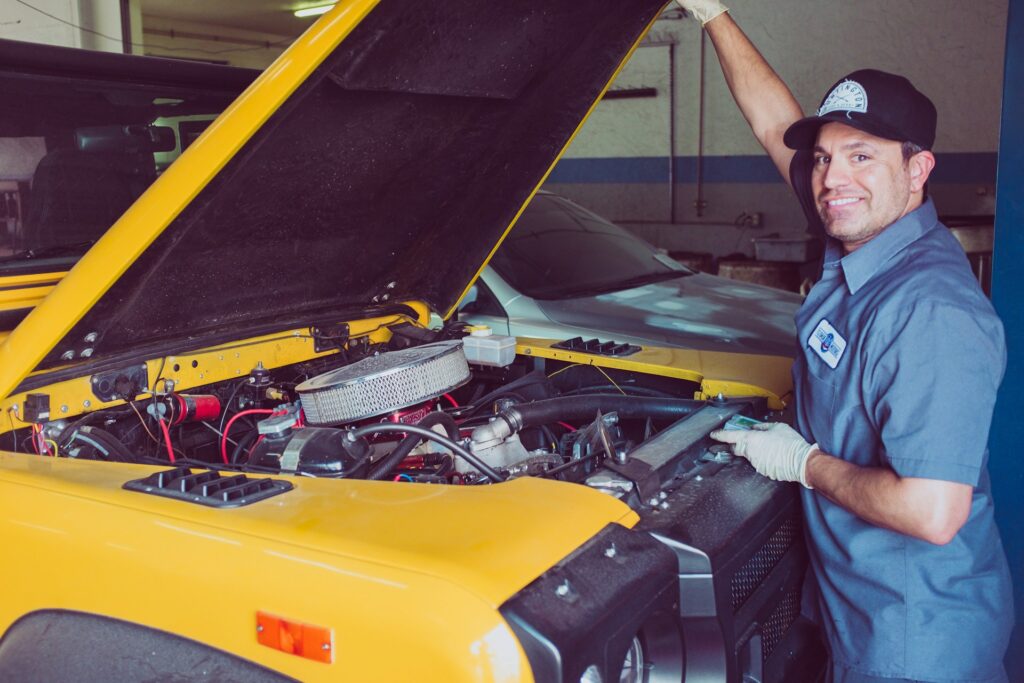A mechanics lien, also known as a construction lien or property lien, is a legal claim against a property by a contractor, subcontractor, or supplier who has not been paid for work performed or materials provided. This tool is used in the construction industry to ensure that laborers, suppliers, and professionals are compensated for their contributions to a project. Here’s a detailed look at the mechanics lien, its purposes, implications, and processes.
Purpose and Function of a Mechanics Lien
The primary purpose of a mechanics lien is to provide security to those involved in the construction process.
It ensures that individuals and companies that improve a property can secure payment for their services and materials. If a property owner fails to pay, the lien allows the claimant to pursue legal action, potentially leading to the sale of the property to satisfy the debt.
Key Features of a Mechanics Lien
Right to Claim: Contractors, subcontractors, laborers, and material suppliers have the right to file a mechanics lien if they are not paid for their contributions to a project. This right is typically granted by state laws, and the specific requirements and processes can vary by jurisdiction.
Public Record: A mechanics lien is filed with the local county recorder or clerk’s office, making it a public record. This means anyone searching the property’s title will see the lien, potentially affecting the property owner’s ability to sell or refinance.
Priority: Mechanics liens generally take priority over other subsequent liens or claims against the property.
This means that in the event of a foreclosure, the lienholder with a mechanics lien may have a better chance of being paid from the sale proceeds.
Process of Filing a Mechanics Lien
The process of filing a mechanics lien typically involves several steps:
Preliminary Notice: In many jurisdictions, the claimant must provide a preliminary notice to the property owner, general contractor, and possibly the construction lender. This notice informs all parties that work is being performed and that a lien could be filed if payment is not made.
Filing the Lien: If payment is not received, the claimant can file the lien with the appropriate county office.
This involves completing a lien form that includes details such as the property description, the amount owed, and a description of the work performed or materials provided.
Serving the Lien: After filing, the claimant must typically serve the lien on the property owner and other relevant parties. This service ensures that all parties are aware of the lien and the potential legal implications.
Enforcing the Lien: If the debt remains unpaid, the claimant can enforce the lien by filing a lawsuit. This legal action must be initiated within a specific time frame, which varies by state, often ranging from six months to one year from the date the lien was filed.
Implications of a Mechanics Lien
For Property Owners:
Clouded Title: A mechanics lien creates a cloud on the property’s title, making it difficult to sell or refinance until the lien is resolved.
Legal Action: If the lien is enforced, the property could be sold to satisfy the debt.
For Claimants:
Security: The lien provides a legal avenue to secure payment for work performed or materials supplied.
Legal Costs: Filing and enforcing a lien can involve legal costs, which the claimant may need to bear upfront.
Avoiding a Mechanics Lien
To avoid mechanics liens, property owners can take several proactive steps:
Payment Bonds: Require contractors to obtain payment bonds, which guarantee payment to subcontractors and suppliers.
Joint Checks: Issue joint checks made payable to both the contractor and subcontractors or suppliers, ensuring that payments reach the intended parties.
Lien Waivers: Obtain lien waivers from contractors, subcontractors, and suppliers upon making payments.
These waivers prevent future lien claims for the paid amounts.
A mechanics lien is a powerful tool that ensures fair compensation in the construction industry. It protects the rights of those who contribute to a property’s improvement while also imposing significant obligations on property owners to manage payments effectively. Understanding the mechanics lien process and its implications is crucial for anyone involved in construction projects, from property owners to contractors and suppliers.
Benefits and Challenges of a Mechanics Lien
While mechanics liens offer significant benefits, they also come with challenges that both claimants and property owners should be aware of.
Benefits for Claimants:
Secured Payment: The primary benefit for claimants is the security of payment. A mechanics lien ensures that their work or materials are compensated, providing a legal pathway to recover debts.
Leverage: Filing a lien gives claimants leverage in negotiating payment with property owners or general contractors, often encouraging prompt payment to avoid legal complications.
Priority in Bankruptcy: In cases of property owner bankruptcy, a mechanics lien typically grants the claimant a higher priority compared to unsecured creditors.
Challenges for Claimants:
Complex Procedures: The process of filing a mechanics lien can be complex and varies by state, requiring strict adherence to legal procedures and deadlines.
Legal Costs: Enforcing a lien involves legal action, which can be costly and time-consuming, potentially outweighing the benefits for smaller claims.
Risk of Dispute: Filing a lien may lead to disputes with property owners or general contractors, potentially damaging professional relationships.
Benefits for Property Owners:
Payment Assurance: Knowing that contractors and suppliers have the right to file a lien can motivate property owners to manage payments diligently and ensure all parties are compensated, fostering a fair and transparent payment environment.
Project Control: Property owners can use payment bonds and joint checks to control payments and minimize the risk of liens, maintaining better oversight of financial transactions in the project.
Challenges for Property Owners:
Title Issues: A lien can cloud the property’s title, making it difficult to sell or refinance until the lien is resolved.
Financial Burden: If a lien is filed, property owners may face a financial burden to resolve the lien, including potential legal fees and settlement amounts.
Project Delays: Disputes over liens can cause project delays, impacting timelines and increasing overall project costs.
State-Specific Considerations
Mechanics lien laws vary significantly by state, impacting the rights and obligations of both claimants and property owners. Some key state-specific considerations include:
Notice Requirements: States may have different requirements for preliminary notices and deadlines for filing liens. It’s crucial for claimants to understand and comply with these requirements to protect their lien rights.
Lien Waivers: The use of lien waivers and their enforceability can vary by state. Some states have strict regulations on when and how lien waivers can be used.
Lien Priority: The priority of mechanics liens compared to other liens and mortgages can differ by state, affecting the claimant’s ability to recover payment in case of foreclosure.
A mechanics lien is a vital instrument in the construction industry, offering protection and assurance to those who contribute labor and materials to a project. While it provides significant benefits, including secured payment and leverage in negotiations, it also presents challenges such as complex legal procedures and potential disputes.
For property owners, understanding the implications of mechanics liens is essential for managing projects effectively and ensuring fair compensation to all parties involved. By proactively managing payments and utilizing tools like payment bonds and lien waivers, property owners can minimize the risk of liens and maintain smooth project progress.
Ultimately, whether you are a contractor, supplier, or property owner, staying informed about the mechanics lien process and your specific state laws is crucial for navigating the complexities of construction projects and protecting your financial interests.






